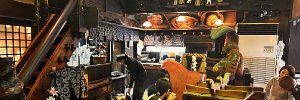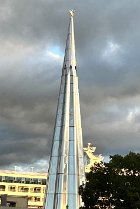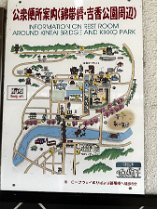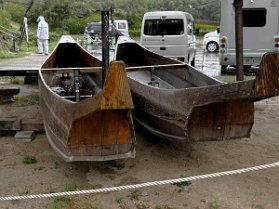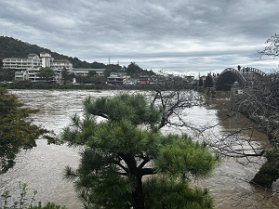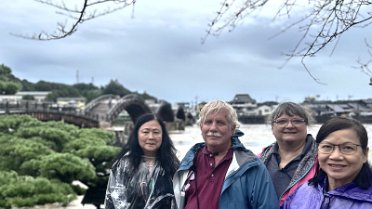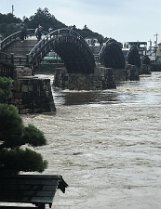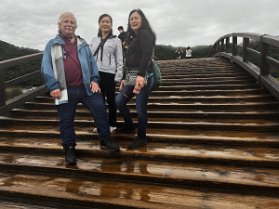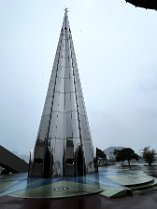
Silver Paradise Monument
Also known as the Tower of Paradise. Built in 1989 to mark the centenary of Ujina Port, now a terminal for visiting cruise liners.
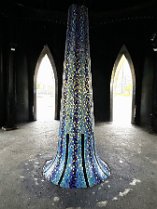
Silver Paradise Monument
Apparently the monument is also supposed to signify Hiroshima's hopes for glory and prosperity as the city of international peace and culture.
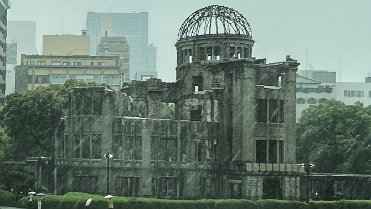
The A-Bomb Dome
The A-Bomb Dome, also known as the Hiroshima Peace Memorial, is what remains of the former Prefectural Industrial Promotion Hall.
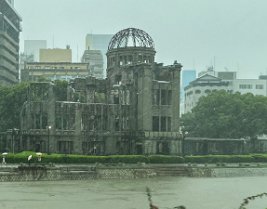
The A-Bomb Dome
The building served as a location to promote Hiroshima's industries. When the bomb exploded, it was one of the few buildings to remain standing, and remains so…
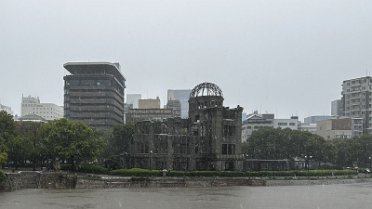
The A-Bomb Dome
The building served as a location to promote Hiroshima's industries. When the bomb exploded, it was one of the few buildings to remain standing, and remains so…
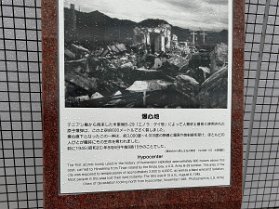
Hiroshima's Hypocenter
The building served as a location to promote Hiroshima's industries. When the bomb exploded, it was one of the few buildings to remain standing, and remains so…
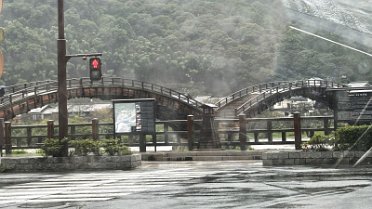
Kintaikyo Bridge
The Kintaikyo Bridge area, located in Iwakuni City, Yamaguchi Prefecture, about 45 minutes from JR Hiroshima Station, is famous for its iconic five-arched…
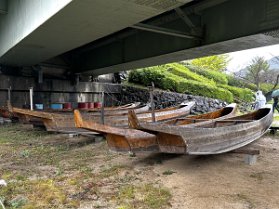
Kintaikyo Bridge
Spring Sakura Boat - Running from late March to the end of May, the boat offers a great view of the cherry blossoms blooming along the Kintai Bridge and the…
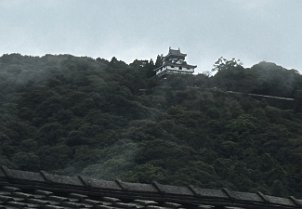
Iwakuni Castle
Iwakuni Castle was built in 1608 by Kikkawa Hiroie, the first-generation lord of Iwakuni Domain. With the Nishiki River, which flows below, used as an external…
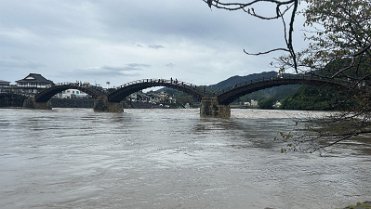
Kintaikyo Bridge
Originally constructed in 1673, the bridge was designed to withstand flooding and has been reconstructed several times following damage over the centuries.
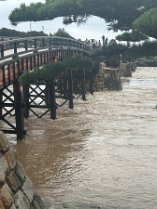
Kintaikyo Bridge
The bridge was originally built by Hiroyoshi Kikkawa, the third lord of the Iwakuni Domain, to withstand the frequent flooding of the Nishiki River.
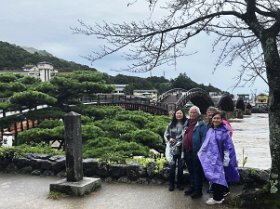
Kintaikyo Bridge
The bridge and its surroundings provide a glimpse into Japan's architectural ingenuity and cultural heritage.
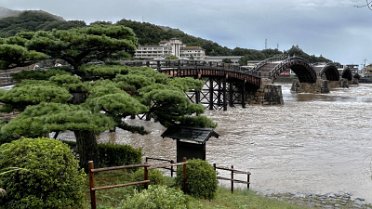
Kintaikyo Bridge
Each of its five wooden arches is meticulously constructed without the use of nails, relying instead on a complex system of wooden joints and clamps.
